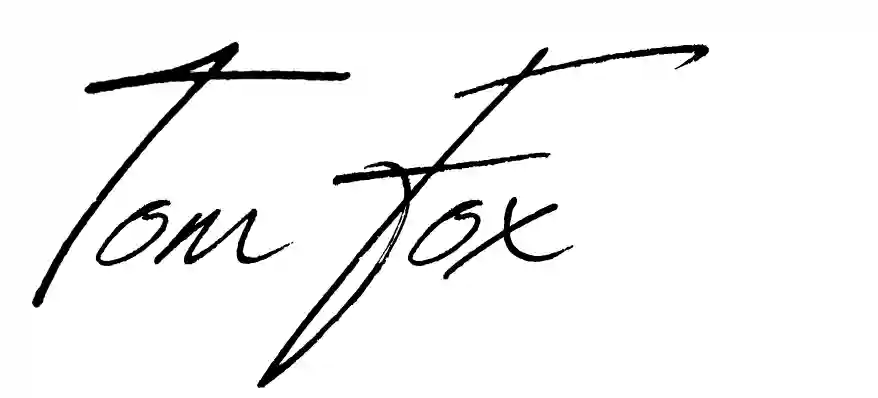Mind Control for Sales Pros: The Power of Framing
Alright, persuasive powerhouses, let’s talk about framing.
Now, before you start picturing me with a hammer and nails, building a house (though, hey, a little construction never hurts), let me clarify – this isn’t about manipulating your prospects or deceiving them.
It’s about strategically presenting information in a way that highlights its value, aligns with their needs, and ultimately guides them towards a decision that benefits both of you.
Done with the endless sales theory and ready to actually close more deals? If you want to skip the ‘WHY’ and get straight to the ‘HOW’?
Make “Coffee with a Closer” your next move. Get weekly, battle-tested action steps delivered directly to your inbox – no fluff, just results.
What is Framing?
Framing is a psychological technique that involves presenting information in a way that influences how it is perceived and interpreted.
It’s like putting a picture in a beautiful frame – the frame itself doesn’t change the picture, but it can significantly enhance how we see it.
In sales, framing is about shaping your prospect’s perception of your product, your service, and yourself.
It’s about highlighting the value you offer, emphasizing the benefits they’ll receive, and creating a context that makes your offer more appealing.
Why Framing Matters
Framing can be a powerful tool in sales because it taps into the psychology of decision-making. Here are a few reasons why it works:
- Cognitive Biases: Our brains are wired with cognitive biases, mental shortcuts that influence how we process information. Framing can leverage these biases to shape perceptions and guide decisions.
- Loss Aversion: People are more motivated to avoid losses than to acquire gains. Framing your offer in terms of what they stand to lose by not taking action can be a powerful motivator.
- Anchoring: The first piece of information we receive often acts as an anchor, influencing how we interpret subsequent information. By setting a high anchor, such as a premium price or a strong value proposition, you can make your offer seem more attractive in comparison.
- The Contrast Principle: We perceive things differently depending on the context in which they are presented. By contrasting your offer with a less desirable alternative, you can make it seem more appealing.
- Storytelling: Framing often involves creating a narrative or story that connects with your prospect’s emotions and values. Stories are powerful tools for persuasion because they engage our imagination and create a sense of empathy.
Framing Yourself
To be perceived as valuable, you need to present yourself as a valuable and scarce resource. Here are a few ways to frame yourself:
- Highlight your expertise: “I’ve been working in this industry for over 10 years and have helped hundreds of clients achieve their goals.”
- Emphasize your exclusivity: “I only work with a select number of clients at a time to ensure they receive personalized attention.”
- Showcase your track record: “I’ve consistently exceeded my sales targets and have a proven track record of success.”
- Demonstrate your commitment: “I’m dedicated to helping my clients achieve their goals and will go the extra mile to ensure their satisfaction.”
- Appear busy: Subtly convey that you’re in demand. “I have a full schedule today, but I’ve made time for you because I believe in your project.”
- Be accessible (but not too accessible): “I’m available for a quick call tomorrow, but my schedule fills up quickly.”
Your customer’s subconscious mind is the ultimate decision-maker.
Tom Fox
Framing Your Product
Never directly address the product with generic praise. Instead, frame it in a way that highlights its value and uniqueness. Here are a few examples:
- Focus on the solution: “This product isn’t just a [product category]; it’s a solution that will help you achieve [desired outcome].”
- Highlight the exclusivity: “This is a limited-edition product that’s not available to the general public.”
- Emphasize the innovation: “This is the latest technology that’s revolutionizing the industry.”
- Create a sense of urgency: “This offer is only available for a limited time, so don’t miss out.”
- Appeal to their aspirations: “This product is for those who demand the best and are willing to invest in their success.”
Framing the Price
The price of your product or service should be framed in a way that justifies its value and makes it seem like a worthwhile investment.
Here are a few examples:
- Focus on the value: “This product might seem expensive, but consider the long-term benefits and cost savings it will provide.”
- Compare to alternatives: “Compared to the cost of [alternative solution], our product is a much more affordable and effective option.”
- Offer payment options: “We offer flexible payment plans to make this investment more manageable.”
- Highlight the opportunity cost: “The cost of not investing in this solution could be far greater in the long run.”
- Create a sense of exclusivity: “This premium product is only available to those who are serious about achieving their goals.”
Ready to master the art of framing and influence your prospects’ perceptions? Sign up for the “Coffee with a Closer” and receive practical techniques to craft persuasive messaging, highlight your value, and guide your prospects toward decisions that benefit both parties.
Mastering the Art of Framing
Framing is a powerful tool that can influence perceptions, shape decisions, and ultimately drive sales success.
By understanding the psychology of framing and applying it ethically, you will become a master persuader and crush your sales goals.
To your sales success

PS: Want the most powerful persuasion hacks delivered straight to your inbox? Sign up for the “Coffee with a Closer” today!


